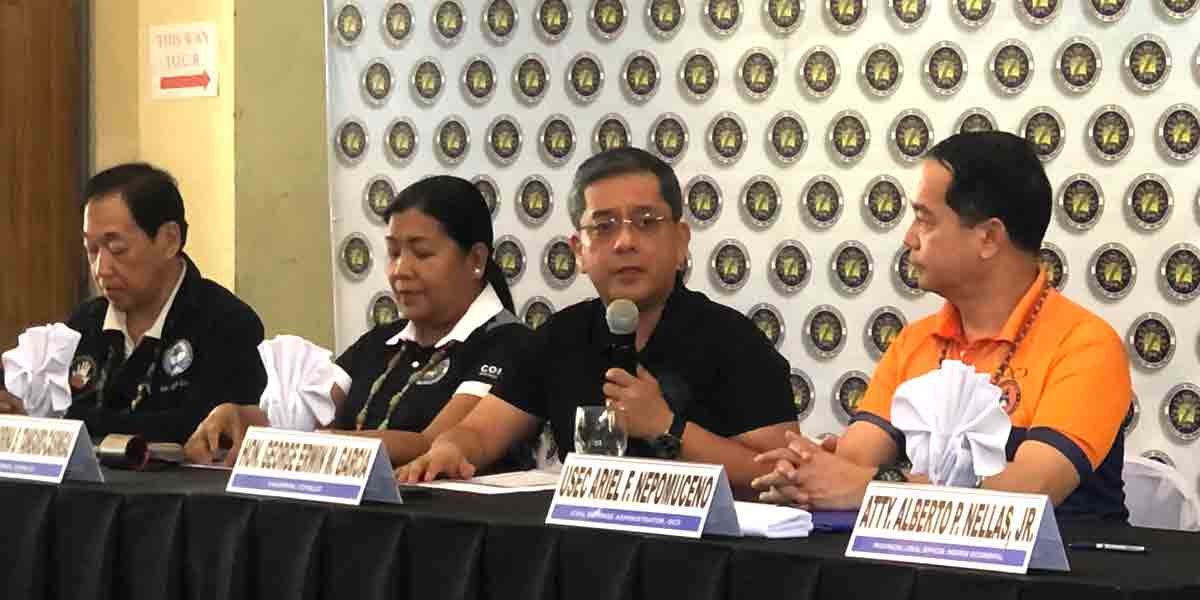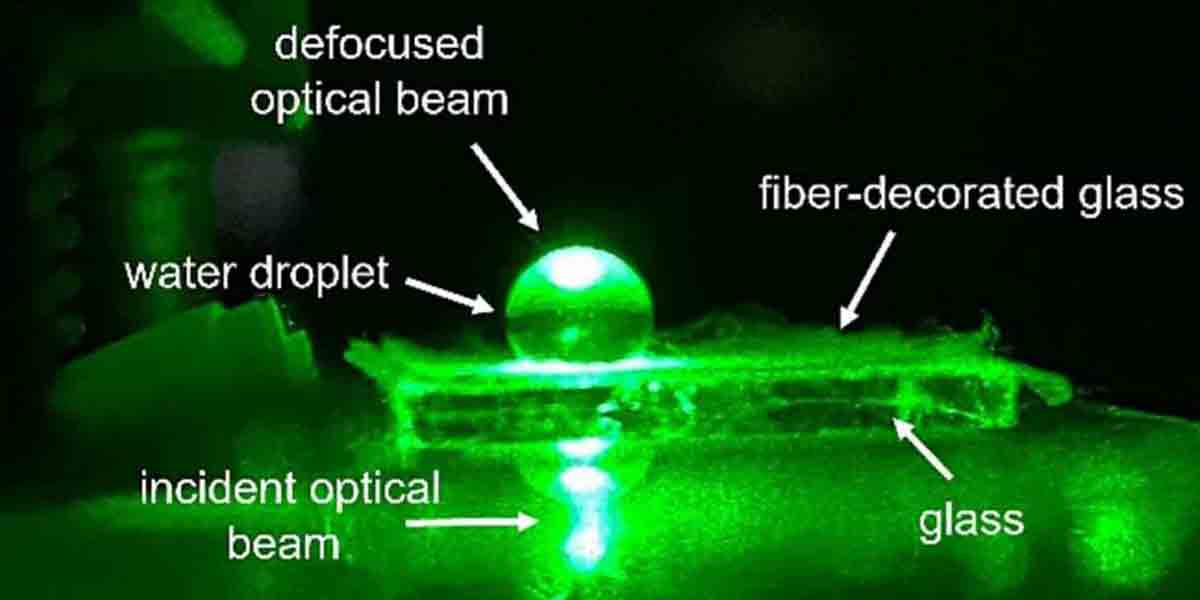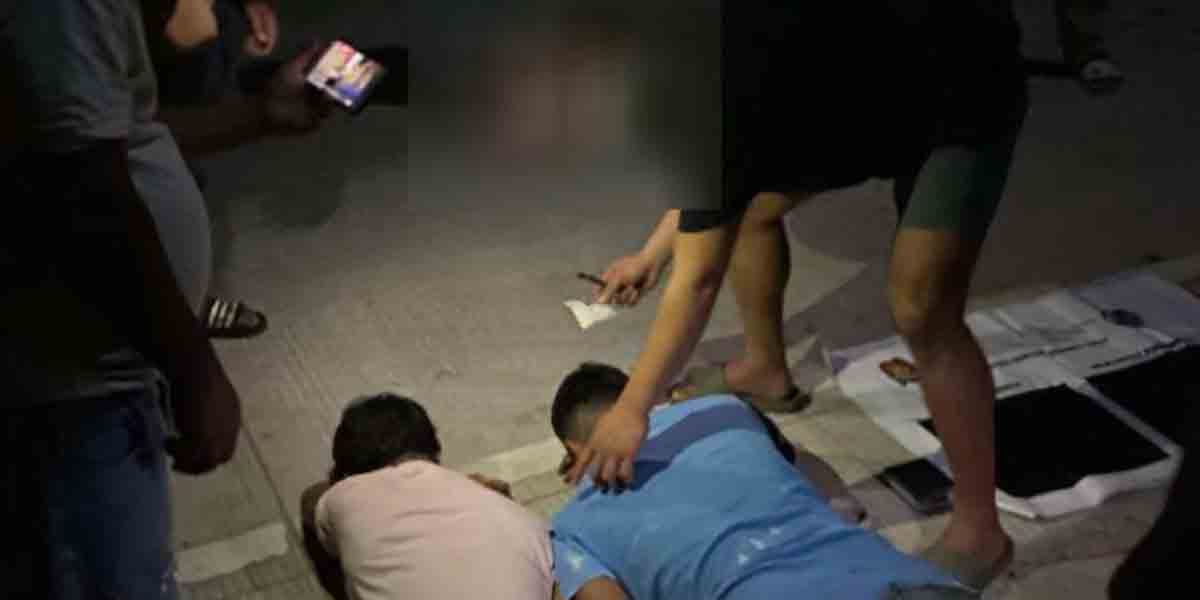By James Jimenez
The Commission on Elections demonstrated the operation of its new automated election system yesterday, showcasing the new generation of counting machines – which they now call ACMs or Automated Counting Machines – and dropping the announcement that there would no longer be a transparency server. Let’s unpack all of that.
ACM
Incidentally, “ACM” was also the moniker used for the first generation of counting machines the COMELEC attempted to introduce in 2004. But that ACM was a central counting system (or CCS) which meant that ballots had to be transported from polling places, to a counting center where they would be fed in bulk to the waiting counting machine. Because of this centralized counting scheme, the COMELC was able to keep the number of machines low – 1,991.
The new ACM, on the other hand – the one being rolled out by the COMELEC for the 2025 National and Local Elections – is a precinct counting machine, meaning it counts the ballots right in the precinct itself. For this reason, there number of equipment required is considerably greater. It has been reported that the 18.8 billion-peso contract comprises the lease of 110,000 ACMs, 104,345 ballot boxes, and – because you’re going to need to consolidate all votes from all counting machines – 2,200 consolidated canvassing system servers, laptops, and printers.
I still don’t have the final standard operating procedure manual for the use of these new ACMS, but during the roll out, the operation was demonstrated. And from what I saw, it appeared that the broad strokes of using the ACM are identical to the use of its predecessors – the Vote Counting Machine (VCM) and the Precinct Count Optical Scan machine (PCOS). A voter fills out a ballot by shading in the ovals next to the name of their chosen candidate; the voter then slips the accomplished ballot into the ACM.
But here is where the innovation starts.
The ACM features a massive 14-inch touchscreen that displays the ballot entered into the machine by the voter. Using this feedback mechanism, the voter will be able to verify the contents of his ballot – to see, for instance, if has voted for all the positions he intended to vote for. Only when the voter has verified the ballot will it be cast. The machine then immediately outputs a “resibo,” which is properly referred to as a voter verifiable paper audit trail. This ‘receipt,’ if I’m not mistaken, features a printed QR code which can later be used for a verification count. I’m still a little fuzzy on how that works exactly, but it’s not inconceivable as new features go.
No Transparency Server
And speaking of not inconceivable innovations, the COMELEC also announced that it would no longer be deploying a Transparency Server. What is a Transparency Server? And can we really do without it.
A Transparency Server is, well, a computer server that receives election results data from the precinct-based VCMs, and pushes it onwards towards the individual servers being used by various media outlets. This was used in both the 2016 and 2022 elections. In the coming 2025 polls however, COMELEC reports that this ‘middleman’ would no longer exist, and that media outlets would receive election results data direct from the ACMs.
This is a significant step for the COMELEC to take and, together with the planned on-site vote verification scheme (I don’t know what they’re calling it, but ‘on-site vote verification’ sounds fairly accurate), promises to enhance the transparency of the elections.
On-site Vote Verification
The way the COMELEC describes it, on-site vote verification involves flashing ballot images for the public to see, at the polling places themselves. Just like in all previous iterations of the vote counting machines, a picture is taken of the front and back sides of each ballot as it enters the machine. These are referred to as the ‘ballot images,’ and in a long line of Supreme Court decisions, they are considered the most trusted election documents generated by the automated election system. In other words, ballot images are considered trustworthy and definitive proof of what each ballot contains. As a result, these ballot images are often the last resort in protest cases. If you lose in the ballot images, I’ve got bad news for you.
In 2025, the COMELEC is reportedly planning to open these ballot images up to all and sundry, without need for a protest action. Exactly how they’re going do this has yet to be explained fully, but the prospect alone of being able to visually verify each ballot inserted into the machine ought to be making poll watchers giddy with anticipation.






















